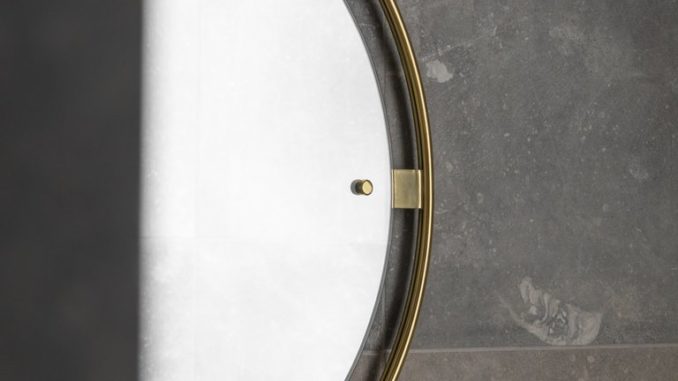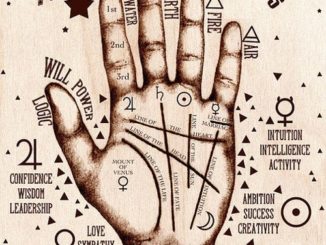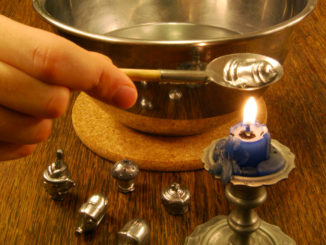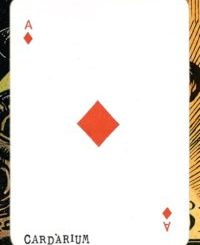
Unlike the highly decorative metal or wrought iron mirrors available today, ancient manufactured mirrors were simply pieces of polished stone. Examples of obsidian mirrors found in modern-day Turkey have been dated to around 6000 BC. Prior to this, the first mirrors used by primitive people were most likely pools or vessels of dark, still water. Since ancient times, mirrors were said to have magical powers, including the power to foretell the future and considered devices of the gods. In fact, the humble mirror is probably the focus of more superstitions than any other object. Here’s a look at the magic mirror as depicted throughout our culture and history.
Mythology
Narcissus fell in love with his own reflection in a pool of water not realizing it was merely an image. Unable to leave the reflection of his own handsomeness, he died. Perseus kills Medusa with a mirror because he cannot meet her eye. One look would turn him to stone so by viewing Medusa’s reflection in his polished shield, he safely approached and cut off her head. Merlin enchants a mirror for scrying purposes, using it for showing the truth of past, present or future.
Halloween
Mirrors have always possessed a certain eerie other worldliness. The powers of reflective surfaces to captivate and deceive are featured strongly in stories such as Narcissus and the Snow Queen. Many superstitions and myths involve looking into a mirror at midnight on All Hallows Eve. Unmarried women were told that if they gazed into a mirror on Halloween night, the face of their future husband would appear in the mirror. If they were destined to die before marriage, a skull would appear. The English legend of Bloody Mary has been the subject of many big screen pictures including the 2006 film Bloody Mary, the Candyman and Poltergeist 3. If one chants her name 3 times into a mirror at midnight on Halloween she will appear. Gothic style, wrought iron mirrors were used throughout the 19th century to perform these rituals.
Fortune Telling
Divination or fortune telling has been practiced for centuries; catoptromancy is a term used to describe divination using a mirror which dates back to Ancient Rome. Catoptromancy is a type of scrying which literally means gazing, shortened from descrying. Mirror and crystal ball scrying is an evolved form of water scrying, they’re regarded as water that’s fixed into one place. Catherine de Medici, Henry IV and John Dee (personal magician to Queen Elizabeth I) all consulted wrought iron mirrors to reveal the future.
Fairy Tales
In fairy tales mirrors are portrayed as portals as in Through the Looking Glass. More commonly, they are truth-tellers, as in Snow White, the reflection of the Wicked Queen provides insight into the personality and motivation of the character. Similarly, in Beauty and the Beast, Beauty discovers that her father is ill by looking in the mirror. The Snow Queen has a magic mirror, invented by a demon; everything good reflected in it appears distorted and ugly. In the tragic tale of The Lady of Shalott, the mirror represents the soul. Glass is another reflective surface also features a lot in fairy tales, including Cinderella’s glass slippers, a key, bridges, glass mountain and Snow Whites coffin.
In the Bedroom
Wrought iron mirrors are commonly found in the bedroom, used for personal grooming. Ideally there should be two mirrors in a bedroom; a full-length mirror and a dressing table mirror that you can get close to with ease. It’s generally considered good to have a mirror in the bedroom in accordance with the principles of Feng Shui. Having a large number of mirrors in the home is considered lucky, the ancient Chinese believed that mirrors frighten away evil spirits who get scared when they see themselves. Although, some believe that when you sleep, your spirit and energy leaves your body, making mirrors problematic because as your energy or spirit returns, it may get confused and enter the mirror rather than your body. Don’t position them on the walls facing your bed.
Feng Shui
Mirrors are used in the ancient Chinese practice of Feng Shui; placement and arrangement of space, to achieve harmony with the environment. They can dramatically shift the flow of Chi, symbolic of the metal element. If metal is your birth element or your Kua number is 6 or 7, it’s lucky for you to increase representation of metal in your home. Metal or wrought iron mirrors will further enhance the presence of metal. A mirror ought to be positioned North or North West, in accordance with the Bagua. You can use wrought iron mirrors to strengthen various aspects of your life. Metal is associated with life’s journey, opportunities, career, completion, creativity and travel.
Interior Design
Mirrors, have a number of aesthetic and mood enhancing properties. They are frequently used in interior decoration to create an illusion of space; amplifying the apparent size of a room. Combined with natural light, they can make an enormous difference to the look and feel of a room. Use them to brighten up a dark corner or create a romantic, elegant space. In ergonomics they’re used to stimulate activity so are great for home/offices too. They can be elaborate pieces of art with decorative frames, an ever changing picture for your living space. You’ll also find them in styles that fit with any existing décor, a futuristic contemporary wall mirror or rustic free-standing wrought iron mirrors.
Proudly WWW.PONIREVO.COM
by Avi Reisman



